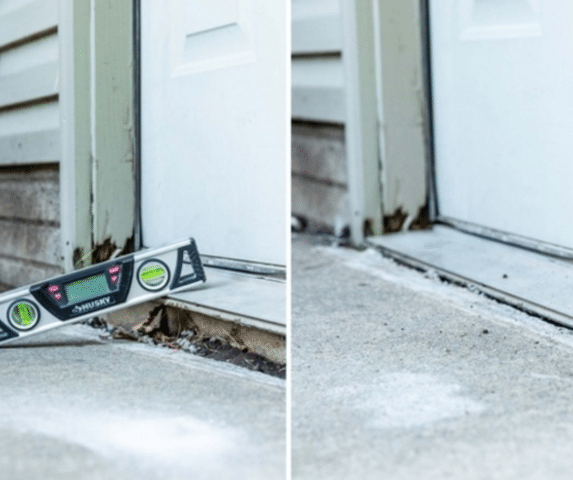Protect Your Concrete This Spring: What Reno-Tahoe Homeowners Need to Know
 Living in the Reno-Tahoe area means you get the best of all four seasons—sunny summers, snowy winters, and everything in between. But while the changing seasons are beautiful, they can wreak havoc on your home’s concrete surfaces. Driveways, patios, walkways, and steps are all vulnerable to damage over time. The good news? You don’t always need a full replacement. With the right care—and the right protection—you can extend the life of your concrete and keep it looking great for years to come.
Living in the Reno-Tahoe area means you get the best of all four seasons—sunny summers, snowy winters, and everything in between. But while the changing seasons are beautiful, they can wreak havoc on your home’s concrete surfaces. Driveways, patios, walkways, and steps are all vulnerable to damage over time. The good news? You don’t always need a full replacement. With the right care—and the right protection—you can extend the life of your concrete and keep it looking great for years to come.
Signs Your Concrete Might Be in Trouble
Concrete is strong, but it’s not invincible. Here’s what to look out for:
-
Cracks: These might start small but can expand quickly, especially when water gets in and freezes.
-
Chipping or flaking: This is called “spalling” and usually happens when water infiltrates the concrete and breaks it apart from the inside.
-
Uneven slabs: Sunken or raised concrete can create trip hazards and signal soil issues beneath the surface.
-
Discoloration or stains: These can be caused by water, oil, or even salt used during icy winters.
-
Pooling water or poor drainage: If water isn’t draining properly, it may be eroding the soil under the slab.
If you notice any of these issues, don’t wait—taking early action can prevent a more expensive repair (or replacement) later.
Freeze-Thaw Cycles: Why Reno-Tahoe Winters Are Hard on Concrete
In colder climates like ours, the freeze-thaw cycle is the number one enemy of concrete. Here’s how it works:
-
Water enters cracks or pores in your concrete.
-
When temperatures drop below freezing, that water freezes and expands.
-
The expansion puts pressure on the concrete, forcing cracks to widen or new ones to form.
-
This cycle repeats again and again throughout the season.
In the Reno-Tahoe area, we often get snow during the day followed by freezing temps at night, making this cycle particularly frequent and damaging. Add in the use of de-icing salts, and you’ve got a recipe for long-term wear and tear.
Repair or Replace: How Do You Know?
It’s a common question: Should I repair my concrete, or is it time to replace it?
Here’s a general guide:
-
Surface-level damage (minor cracks, flaking, slight discoloration): This can often be repaired and protected—no need for replacement.
-
Structural issues (deep cracks, significant sinking, multiple slabs affected): These may require more extensive intervention or even a full replacement.
-
Recurring problems: If you’ve already patched the same area multiple times, it’s probably time to invest in a more permanent solution.
The Concrete Protection System (CPS): Our 3-Step Solution
At Reno Tahoe Foundation Repair, we specialize in extending the life of concrete through our proprietary Concrete Protection System (CPS)—a three-part process that lifts, seals, and protects your concrete from future damage.
1. Lift
We start by lifting and leveling sunken concrete using polyurethane foam injection. This minimally invasive method fills voids beneath the surface and raises your concrete back to its proper height. It cures in minutes and causes minimal disruption to your property.
2. Seal
Next, we seal all joints and cracks with a durable, flexible sealant that prevents water from seeping below the slab. This is one of the most important steps in stopping freeze-thaw damage in its tracks.
3. Protect
Finally, we apply a high-performance concrete protectant that shields the surface from water, UV rays, staining, and salt damage. Think of it like sunscreen for your driveway—it helps preserve both the appearance and durability of your concrete.
Why Spring is the Best Time for Concrete Work
Spring is the ideal time to assess and treat your concrete. The snow has melted, the ground is thawing, and your slabs are exposed and ready to be inspected. By taking care of small issues now, you avoid bigger problems down the line—especially before the heat and dryness of summer causes more cracks.
